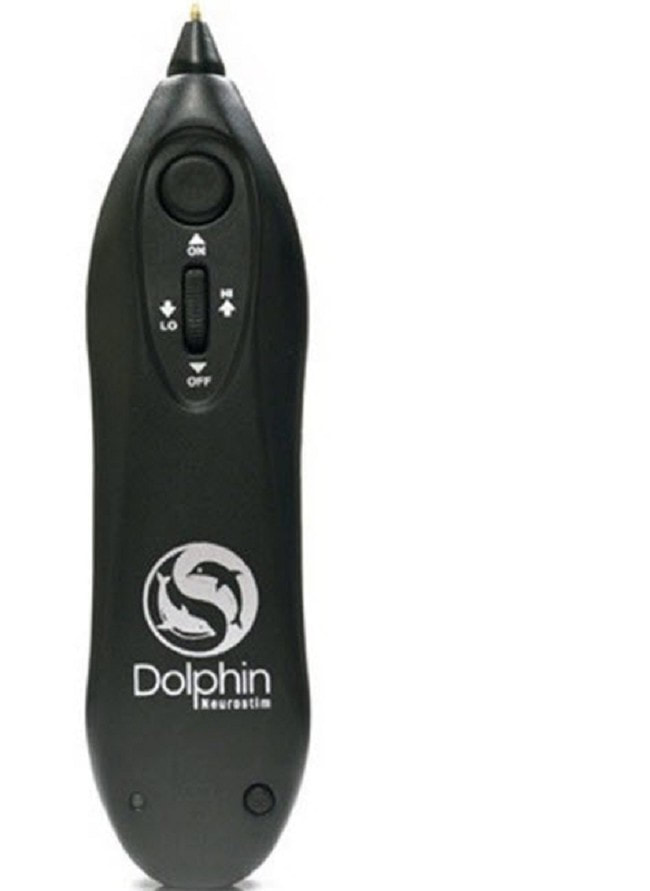Microcurrent Point Stimulation Therapy combines cutting edge medical technology with the wisdom and philosophy of Acupuncture, involving musculoskeletal and neuromuscular aspects of the body. According to research MPS has better results treating pain than either TENS therapy or Acupuncture alone. Through specific application of direct current microcurrent to trigger points, acupuncture points, and other treatment points pain can be dramatically improved and scars can be released.
It is used in conjunction with manual physical therapy and therapeutic exercise to help you return to an active, pain-free life without the use of medications.
It is used in conjunction with manual physical therapy and therapeutic exercise to help you return to an active, pain-free life without the use of medications.
MPS therapy as explained by the inventors and researchers:
|
"Knowledge of what drives the pain cycle, acupuncture points and philosophies, as well as concentrated microcurrent stimulation (CMS), is the basis of MPS therapy. First, understanding the relationship between up-regulation of the autonomic nervous system and chronic pain is a key. Medical research and years of extensive clinical trials has determined that the following two pathologies hold the greatest influence of up-regulating the autonomic nervous system (ANS) and sympathetically producing a state of fight or flight. This sympathetic up-regulation is what drives the chronic pain and disease cycle.
Applying MPS directly around the scar restores cell membrane electrical potential to normal, improving cellular metabolism, instantly softening and reducing the scarred tissue. This healthier, local tissue environment facilitates fascia release throughout the body, producing structural realignment and deregulation of the ANS (pain relief). Results are often permanent." https://www.dolphinmps.com/mps-therapy-a-new-approach-to-treating-chronic-pain/ |
Proudly powered by Weebly


